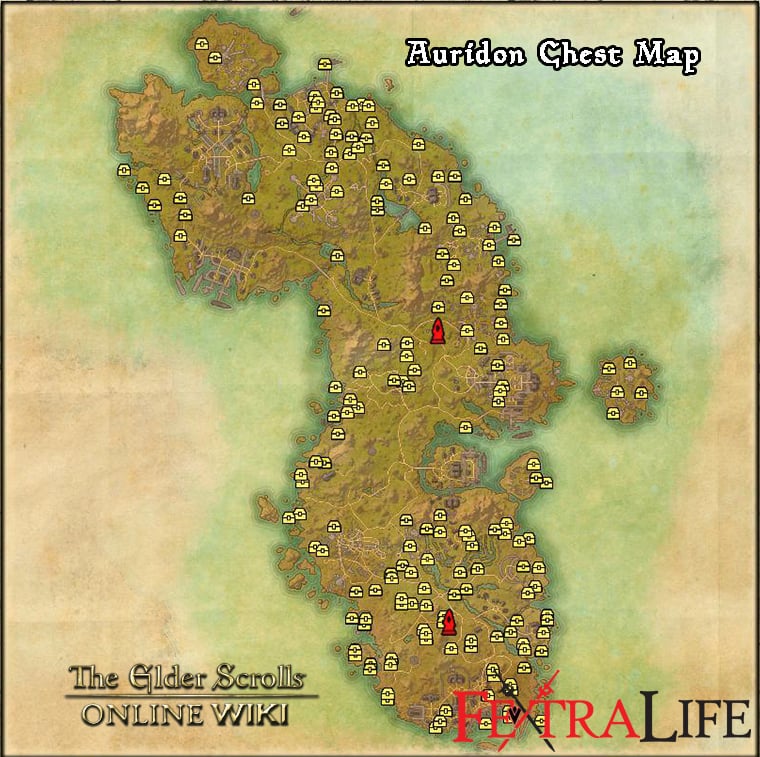

Here, under the waters of the Pacific Ocean, giant buildings were found - the Non-Madol temple, fortress walls and sea dams. Not far from the latter, the megaliths actually consist of almost a hundred small islets, with an area of \u200b\u200bmore than 90 hectares. The first such discovery was made off the western coast of the island of Cuba (at a depth of more than 600 meters), a little later, megaliths were found in the Indian Ocean - off the coast of Indonesia and in the Pacific Ocean, off the coast of Japan and a number of islands in Oceania.
Proving grounds dolmen series#
However, in the late 1990s and early 2000s, authoritative archaeological expeditions made a series of sensational discoveries - they discovered a lot of underwater megaliths! For a very long time it was believed that megaliths can only be on the surface of the land. This monument of ancient architecture is built of dozens of stone blocks, whose weight is about 50 tons, and the length is 8-10 meters! Stonehenge area is more than one and a half hectares!Įspecially worth it. This design is the well-known Stonehenge. This made a giant gate.Ĭromlechs are complex, ring-shaped complexes of triliths spread over huge areas. A curious type of dolmens is the development of the menhir - two vertical stone columns were installed nearby, and a third was placed horizontally on top of them. Thus, they form huge fields of upright Cyclopean columns. Sometimes tens or even thousands of menhirs are installed not far from each other. Their appearance is represented by stone columns up to 25-30 meters high, whose weight sometimes exceeds 500 tons! Such columns are often installed strictly vertically or at a certain, strictly verified angle in desert places. This is another type of dolmen that stands out for its minimalism. But not in terms of height - it rarely exceeds 15-20 meters, and in its area - for example, the Barneiz cairn (located in the north of France) covers an area of \u200b\u200bmore than two hectares! In terms of their size, the cairns are in no way inferior to the pyramids. Located side by side, these dolmens form giant covered galleries. They are huge ensembles of many classic dolmens. As for the rest, in their design, tulumuses do not differ in any way from ordinary dolmens.Ĭairns.

Even in ancient times, builders placed them either in the depths of caves, or simply covered them with earth for unknown purposes. Tulumus is a rare type of classic dolmens. Geographically, classic dolmens are scattered across all latitudes - from northern Scotland to the islands of Oceania. Even more rare are the classic dolmens, which do not have walls at all they are replaced by four pillars hewn from stone on which the multi-ton cover rests. It is extremely rare to find dolmens, the holes of which are either completely absent or closed with a kind of mushroom plug, carved from the same material as the wall slabs. The diameter of such a hole is about 50-60 centimeters. In the slab, under this visor, at a height of about half a meter from the ground, there is a through hole drilled with excellent quality. Often the "cover" is located with a bevel to one side and overhang to the opposite side. More than 65 thousand of them are scientifically described in the world! By their design, they represent four vertically placed stone slabs that form the walls, and a thicker slab covering them - a kind of cover. Cyclopean walls, built of similar bricks - huge stone blocks.Ĭlassic dolmens. Complexes of many triliths - cromlechs.ħ. The material for the manufacture of megaliths is often not found in the immediate vicinity and was probably delivered hundreds of kilometers from the mining site to the construction site.Īll tens of thousands of currently known dolmens can be divided into several types, according to the features of their design:Ħ. Most of the megaliths are located near the shores of seas and rivers, sometimes they are under water, and often occupy high mountains. But even the past centuries could not affect the quality of their connection - they fit together so precisely that it is impossible to push a knife blade into the joints. The stone blocks have been carefully hewn and polished thousands of years ago. Most of the buildings consist of huge, weighing from tens to hundreds and even thousands of tons of boulders. On all continents of our planet, with the exception of Antarctica, you can find mysterious structures made of processed blocks of stone.


 0 kommentar(er)
0 kommentar(er)
